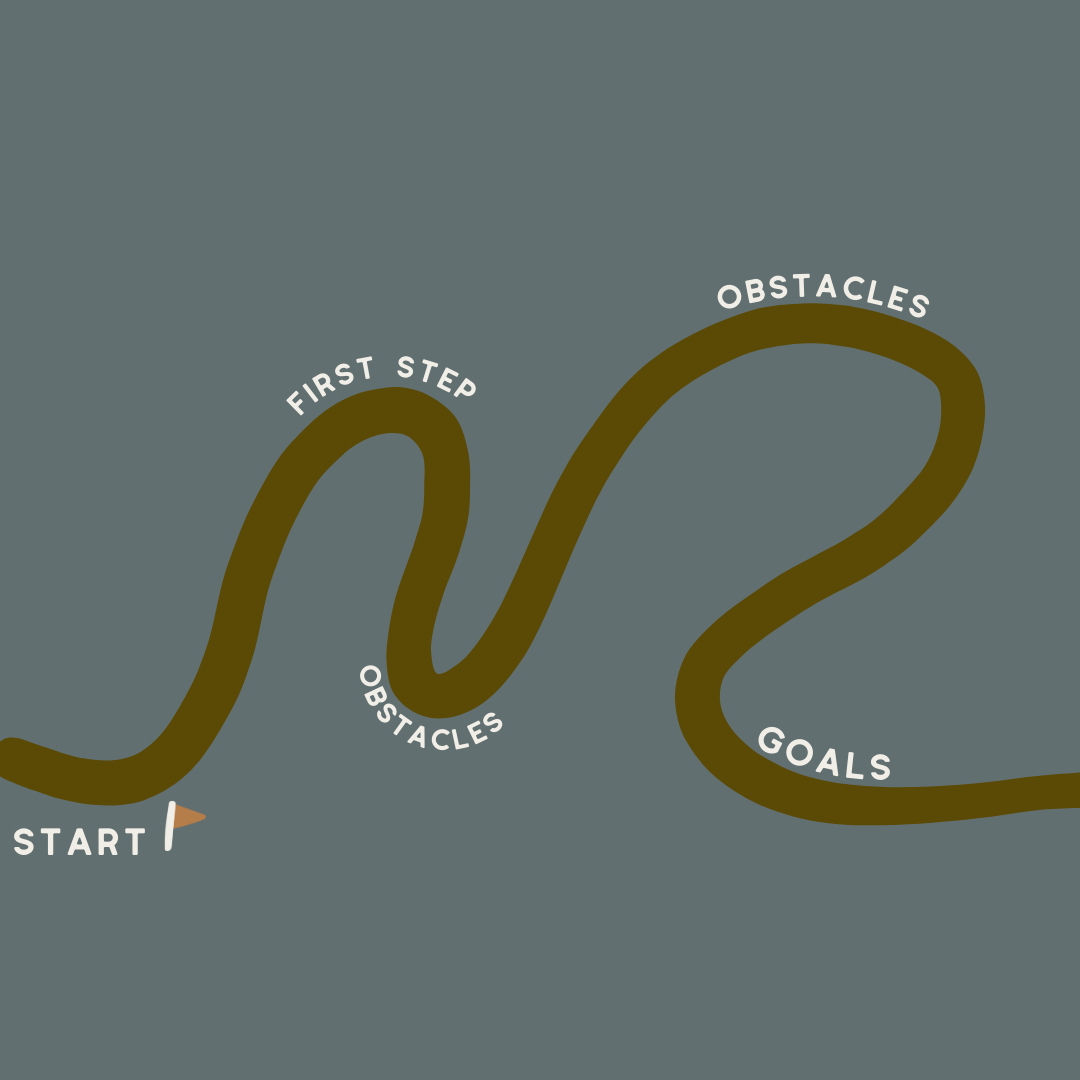As the seasons shift, many people experience more than just changes in weather—they often notice fluctuations in mood and heightened anxiety. Seasonal changes, especially those marking significant life transitions, can bring about feelings of unease, stress, and even fear. Whether it’s the start of a new school year, the approach of the holiday season, or simply the shift from the warmth of summer to the chill of fall, these transitions can trigger anxiety for a variety of reasons.

As a mental health therapist, I frequently see clients struggling with anxiety during these seasonal changes. While these feelings are common, they don’t have to be overwhelming. Therapy can be an incredibly effective tool in managing anxiety and understanding the deeper emotional responses that surface during these periods of transition.
Why Do Seasonal Changes Trigger Anxiety?
Seasonal changes often coincide with life changes, and transitions—whether big or small—can spark anxiety. For example, fall can bring the pressure of returning to school or work after a more relaxed summer. The upcoming holidays may trigger stress related to family dynamics or financial concerns. Even the shorter days and reduced sunlight of fall and winter can contribute to a shift in mood, impacting people with Seasonal Affective Disorder (SAD).
Changes in routine and expectations, even positive ones, can lead to uncertainty and discomfort. For individuals already prone to anxiety, the unpredictability of these transitions may exacerbate feelings of worry or fear of the unknown. Anxiety during seasonal transitions is often linked to a sense of losing control or struggling to adjust to a new rhythm.
How Therapy Can Help Manage Anxiety
Therapy offers a safe, supportive space to explore and manage anxiety during seasonal transitions. Here are several ways therapy can help:
- Understanding Triggers and Patterns
One of the first steps in therapy is helping individuals identify what specifically triggers their anxiety during seasonal changes. Is it the return of a structured schedule? The anticipation of family gatherings? Or the physical impact of darker, colder days? A therapist can work with you to uncover these triggers and recognize patterns of anxiety that may arise each year. - Developing Coping Strategies
Once triggers are identified, therapy focuses on developing coping strategies.Therapy helps you challenge negative thought patterns, reframe anxious thoughts, and build healthier responses to stress. For example, if the thought of returning to a busy work schedule feels overwhelming, your therapist can help break down that fear into manageable steps and shift your mindset toward problem-solving rather than avoidance. - Building Resilience Through Routine
One of the most effective ways to combat anxiety is by establishing a sense of stability. In therapy, you can work on building a self-care routine that aligns with the season. This could include regular exercise, mindfulness practices, or even creating daily rituals that offer a sense of control and calm. By creating consistent routines, you can minimize the unpredictability that often fuels anxiety during transitions. - Addressing Underlying Issues
Sometimes, seasonal anxiety isn’t just about the changes in weather or schedule. Therapy offers an opportunity to explore any underlying issues that may be contributing to heightened anxiety. Life transitions often bring up unresolved emotions from past experiences or amplify deeper fears related to change, loss, or self-worth. Therapy can provide a deeper understanding of these issues, offering a path to healing beyond just managing the symptoms of anxiety. - Support Through Change
The process of therapy itself provides support during times of transition. Having a therapist to talk to regularly can offer relief from the isolation that often accompanies anxiety. Just knowing you have a safe space to process your feelings and receive guidance can significantly reduce the emotional burden that comes with life transitions.
Conclusion
Anxiety during seasonal changes is a common experience, but it doesn’t have to control your life. Therapy provides the tools and support needed to manage anxiety, identify triggers, and develop coping strategies that can help you navigate life transitions with greater ease. Whether you’re struggling with the return to a structured routine, the pressures of the holiday season, or the emotional impact of shorter days, therapy can offer a path forward.
Remember, it’s okay to seek help when you need it. With the right support, you can not only manage your anxiety but also build resilience and find balance during seasonal changes.
At The Pursuit, a group of experienced therapists have come together to offer best-in-class counseling services. We prioritize clinical theory, non-judgmental approaches, and effective interventions, treatment plans, and coping skills. We have therapists who specialize in different areas and we strive to find the best match for your unique needs. Are you ready to take the first step in your Pursuit towards a happier, healthier you? We invite you to book your free 20-minute consultation with one of our skilled therapists. Don’t wait; it’s time to invest in your well-being. Simply Book Now to start your Pursuit toward personal growth and positive change today. Keep reading if you want to learn more about Anxiety Therapy.
by Jason Collins APC

View comments
+ Leave a comment